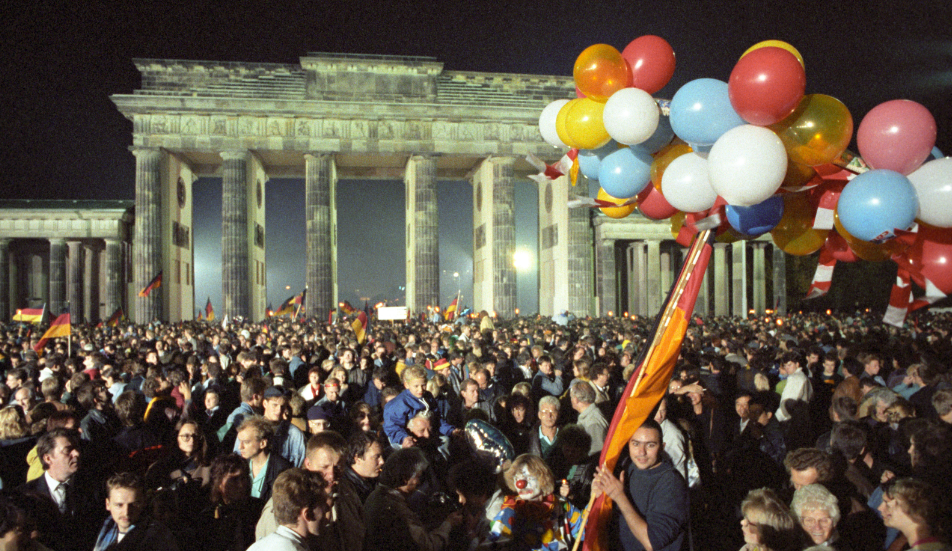Nowruz is celebrated in many countries around the world, including Afghanistan, where it is considered Afghanistan National Holiday. Nowruz is an ancient Persian festival that marks the first day of spring and the beginning of the Persian new year. In this article, we will explore the customs, traditions, and celebrations associated with Nowruz in Afghanistan, and the impact of this holiday on the country’s culture.
Nowruz is a word of Persian origin, which means “new day”. It is celebrated on the spring equinox, which falls on March 20 or 21 every year, depending on the lunar calendar. Nowruz has been celebrated for over 3,000 years, and it is a time of renewal, reflection, and hope.
Significance of Afghanistan National Holiday
In Afghanistan, Nowruz is considered one of the most important cultural holidays. It is a time when families and friends gather together to celebrate the arrival of spring and the beginning of a new year. Nowruz is also a time to reflect on the past year and to make resolutions for the year ahead.
History of Afghanistan National Holiday
Nowruz has been celebrated in Afghanistan for centuries. It was traditionally a time for farmers to celebrate the arrival of spring and to prepare for the upcoming planting season. Over time, Nowruz became a national holiday, and it is now celebrated by people of all ages and backgrounds throughout the country.
Customs and Traditions of Nowruz
Haft Seen Table
One of the most important customs of Nowruz is the setting up of the Haft Seen table. This is a table that is decorated with seven items that begin with the Persian letter “sin”, which symbolizes life and renewal. The seven items include:
Sabzeh – sprouts or grass, which symbolize rebirth and growth
Seeb – apples, which represent health and beauty
Serkeh – vinegar, which symbolizes patience and age
Senjed – dried fruit, which represents love
Samanu – a sweet pudding, which symbolizes fertility and abundance
Sib – garlic, which represents medicine and health
Somagh – sumac, which symbolizes the color of sunrise and the victory of light over darkness.
Sizdah Bedar
Another important tradition of Nowruz is Sizdah Bedar, which means “13th outdoor”. On the thirteenth day of the new year, people go out to the countryside or to parks to spend the day picnicking and enjoying nature. This is believed to bring good luck and happiness for the year ahead.
Celebration of Afghanistan National Holiday
Preparations for Nowruz
Preparations for Nowruz usually begin several weeks before the actual holiday. People start cleaning their homes and buying new clothes and decorations. The Haft Seen table is set up a few days before the holiday, and people start cooking traditional dishes such as Sabzi Polo (herbed rice) and Ashak (dumplings).
Activities during Nowruz
During Nowruz, people engage in a variety of activities to celebrate the holiday. Some of the most common activities include:
Visiting Family and Friends: Nowruz is a time when people make an effort to visit their loved ones, share meals together, and exchange gifts.
Street Festivals: Many cities and towns in Afghanistan hold street festivals during Nowruz. These festivals feature music, dancing, and traditional performances.
Fire Jumping: On the last Wednesday of the year, people light bonfires and jump over the flames. This is believed to ward off evil spirits and bring good luck for the new year.
Giving to the Needy: Nowruz is also a time to give to those in need. Many people donate money or food to charities or to the less fortunate.
Shopping: Nowruz is a time when many people go shopping for new clothes, decorations, and gifts.
Impact of Afghanistan National Holiday on Culture
Nowruz is an important part of Afghanistan’s cultural heritage. It brings people together and reinforces the values of family, community, and tradition. Nowruz also provides an opportunity for people to celebrate their national identity and to express their cultural pride.
Conclusion
Nowruz is a beloved holiday in Afghanistan, which celebrates the arrival of spring and the beginning of a new year. It is a time for reflection, renewal, and celebration with family and friends. The customs and traditions associated with Nowruz, such as the Haft Seen table and Sizdah Bedar, are an important part of Afghanistan’s cultural heritage. Nowruz is also an opportunity for people to express their cultural pride and celebrate their national identity.
FAQs
- When is Nowruz celebrated in Afghanistan?
Nowruz is celebrated on the spring equinox, which falls on March 20 or 21 every year.
- What is the significance of the Haft Seen table?
The Haft Seen table is a traditional table decorated with seven items that symbolize life and renewal.
- What is Sizdah Bedar?
Sizdah Bedar is a tradition where people go out to the countryside or to parks to spend the day picnicking and enjoying nature on the thirteenth day of the new year.
- What are some common activities during Nowruz in Afghanistan?
Some common activities during Nowruz include visiting family and friends, attending street festivals, fire jumping, giving to the needy, and shopping.
- What is the impact of Nowruz on Afghanistan’s culture?
Nowruz is an important part of Afghanistan’s cultural heritage. It reinforces the values of family, community, and tradition, and it provides an opportunity for people to express their cultural pride and celebrate their national identity.
References:
- Afghanistan Times. (2021). Nowruz declared national holiday in Afghanistan. Retrieved from https://www.afghanistantimes.af/nowruz-declared-national-holiday-in-afghanistan/
- Ahmad, F. (2018). The Cultural Significance of Nowruz in Afghanistan. The Diplomat. Retrieved from https://thediplomat.com/2018/03/the-cultural-significance-of-nowruz-in-afghanistan/
- Chelkowski, P. (2001). Nowruz: the Persian New Year. Mazda Publishers.

